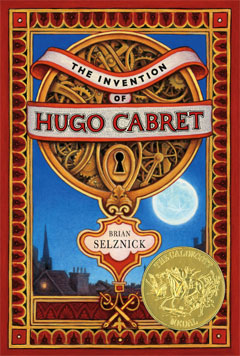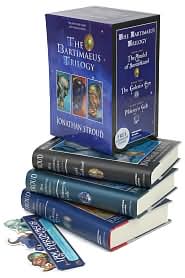
Thirteen Reasons Why
by Jay Asher
When honor student Clay Jensen arrives home and finds a package with no return address waiting for him, he opens the parcel and discovers a set of seven tapes, each side labeled with a number from one to thirteen. Finding an old cassette player in the garage, he pops in the first tape and discovers that the tapes were recorded by his classmate, Hannah Baker, who recently committed suicide, and each of the tapes is dedicated to a person whose actions led her to kill herself. The tapes are meant to be mailed to each person on the list until the thirteenth person receives them, and she claims that another set will be released publicly should this not be done.
Hannah is a girl destroyed by rumours. When one boy exaggerates the goings-on during their first date, she earns a reputation of an easy girl, despite having only just received her first kiss from said boy (according to the tapes, at least). From that one rumour, Hannah's life spirals into chaos and depression, leading her to ultimately give up on life, believing that things would never change and people would never see her as she truly was.
As he listens to the tapes, Clay presents the reader with his perspective of the situation, sometimes filling in gaps in Hannah's story. We learn that he had a crush on her, but due to her reputation, he was afraid to pursue a relationship with her. Clay struggles with her death and blames himself for not having seen the warning signs and intervened.
Mr. Asher's idea to tell the deceased's story via cassette tape was rather an innovative one. I don't usually listen to audio books, but I'm quite intrigued by the idea of listening to this particular story.
Chris Crutcher's influence upon the author is certainly apparent, not only in the subject matter, but in the way that the teens in the book grapple with it. However, unlike Crutcher, Mr. Asher doesn't tie everything neatly into a bow by the end, although there are allusions to a possible intervention for another of Clay's classmates.
My only complaint with this debut work was that we are only given one side of the story. While Hannah often acknowledges that the particular actions of a student weren't problematic on their own, but only due to the snowball effect, I would have liked to see the other students on the tapes either defend or clarify their actions.
With its timely subject matter, Thirteen Reasons Why should be required reading for all high school kids.
Grade: B+





